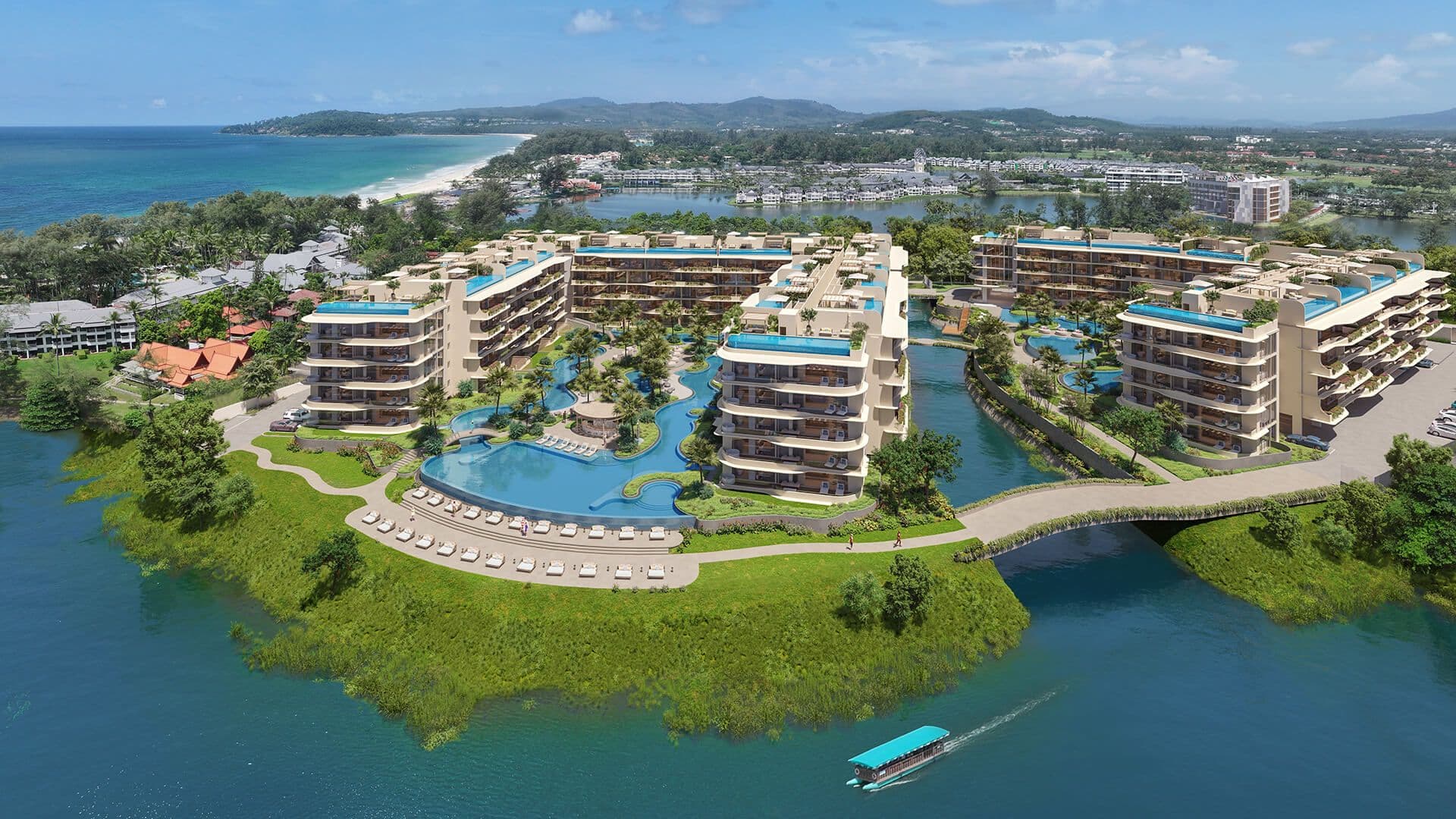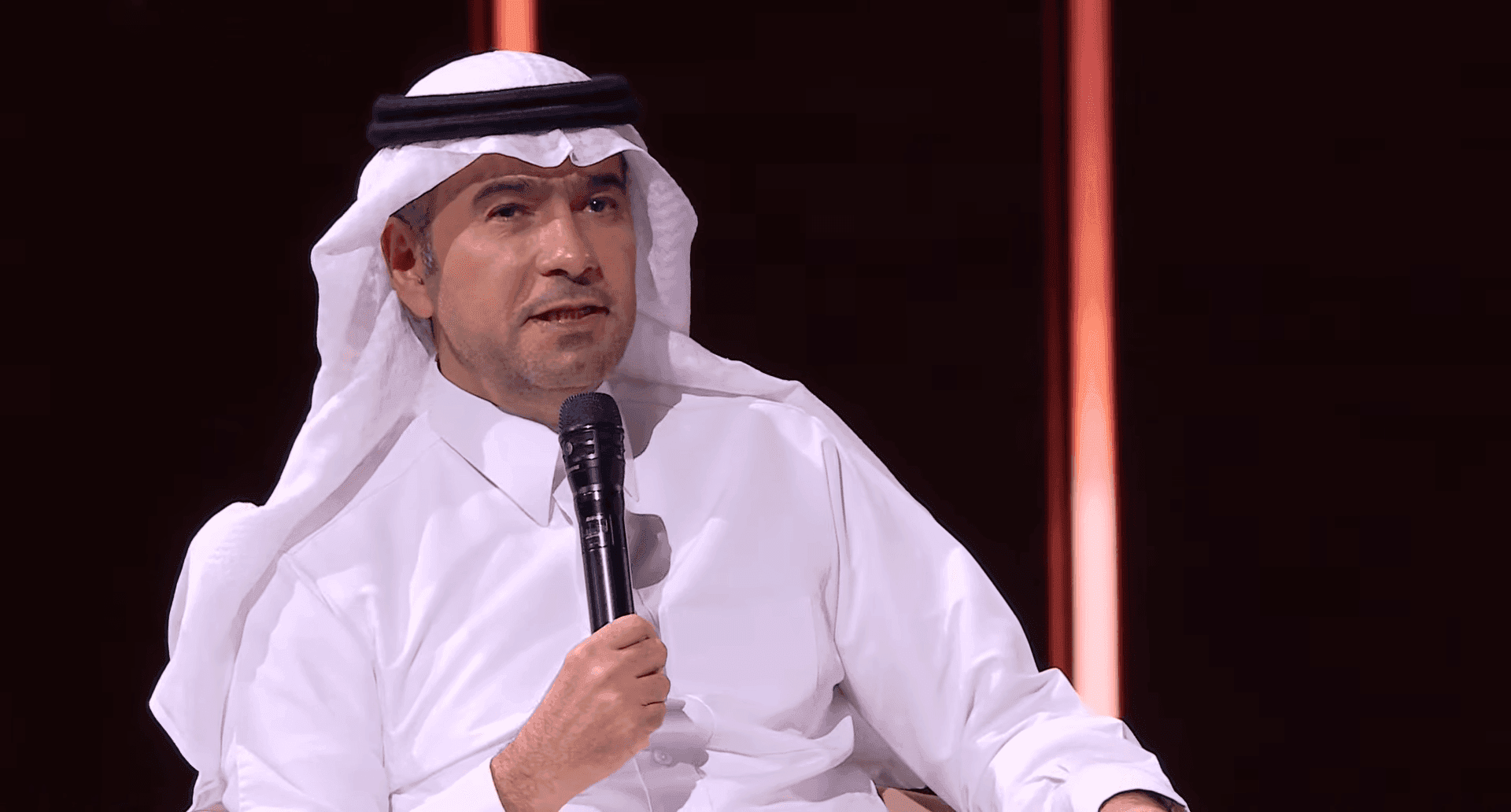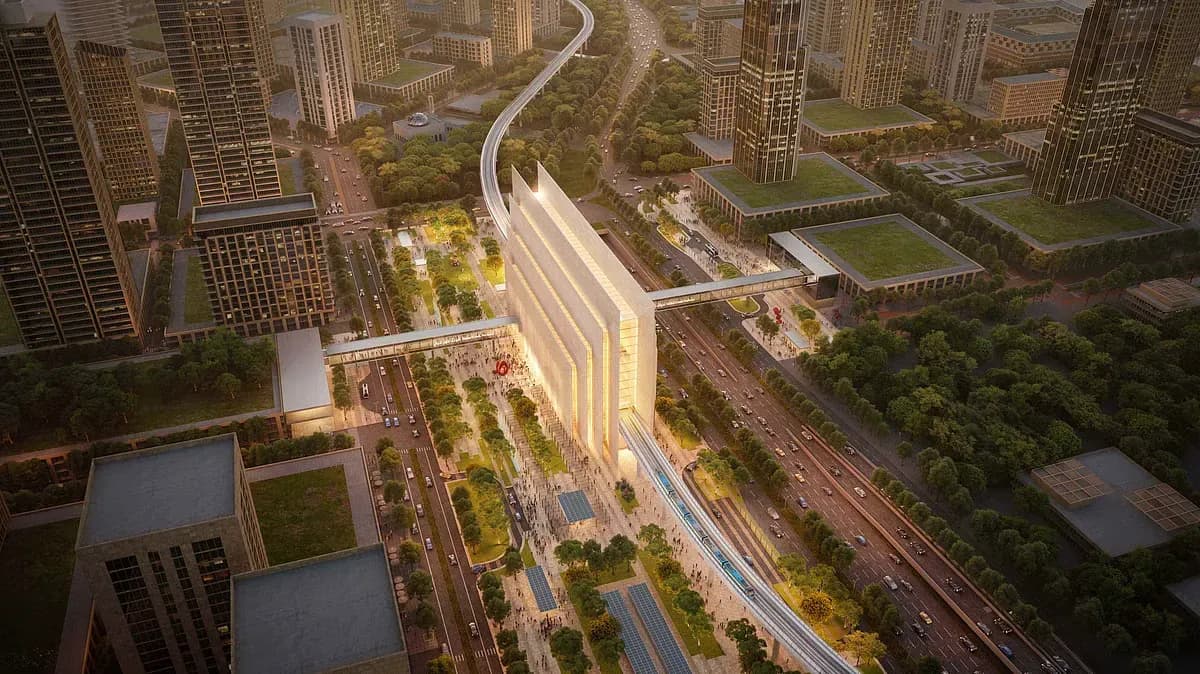As a key feature of the visionary city of The Line, this striking 46,000-seat stadium will rise 350 metres above ground, promising to be one of the most iconic venues of the 2034 World Cup. Integrated into the fabric of the vertical city, the stadium’s roof will form part of the urban structure, anchoring a sports-centric district with panoramic views of the surrounding desert landscape. Designed with cutting-edge technology, it will offer features such as e-ticketing gates and 4K Ultra HD broadcasting. Aligned with The Line’s sustainability goals, the venue will be powered entirely by renewable sources like wind and solar energy, and will be easily accessible via a five-minute walk from anywhere in the neighborhood.
Vision 2030 in Action
This infrastructure push is part of Saudi Arabia’s Vision 2030, an ambitious national transformation plan aimed at diversifying the Kingdom’s economy and reducing reliance on oil. The stadium initiative aligns closely with the Vision’s objectives, leveraging sports and international events to boost tourism, hospitality, and real estate sectors.
“The 2034 World Cup is more than just a tournament for us,” said a spokesperson for the Ministry of Sport. “It’s a gateway to legacy-building infrastructure that will serve future generations of athletes and fans.”
Global Sporting Aspirations
Saudi Arabia has made it clear that it intends to become a leading destination for international sporting events. From Formula 1 races and boxing matches to golf tournaments and now the FIFA World Cup, the Kingdom is investing heavily in sports diplomacy as a soft power strategy.
While the designs and detailed timelines for the new stadiums have yet to be released, the government has confirmed that work is already underway to meet FIFA’s infrastructure requirements. Each venue will adhere to the highest global standards for sustainability, fan experience, and accessibility.
The Kingdom has also pledged to incorporate smart technologies in stadium operations, echoing NEOM’s broader mission to pioneer intelligent urban planning.
Watch more:



















